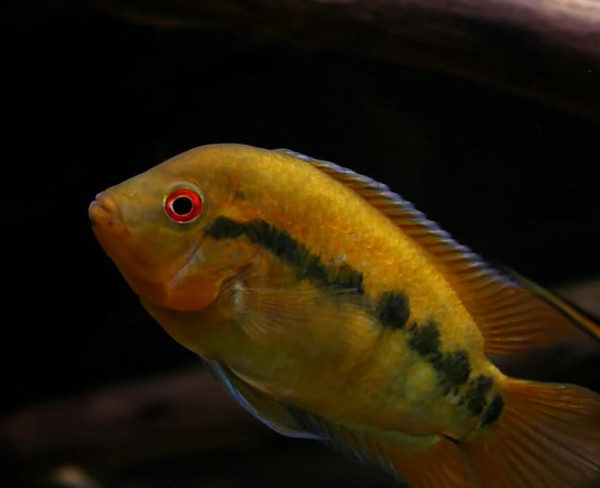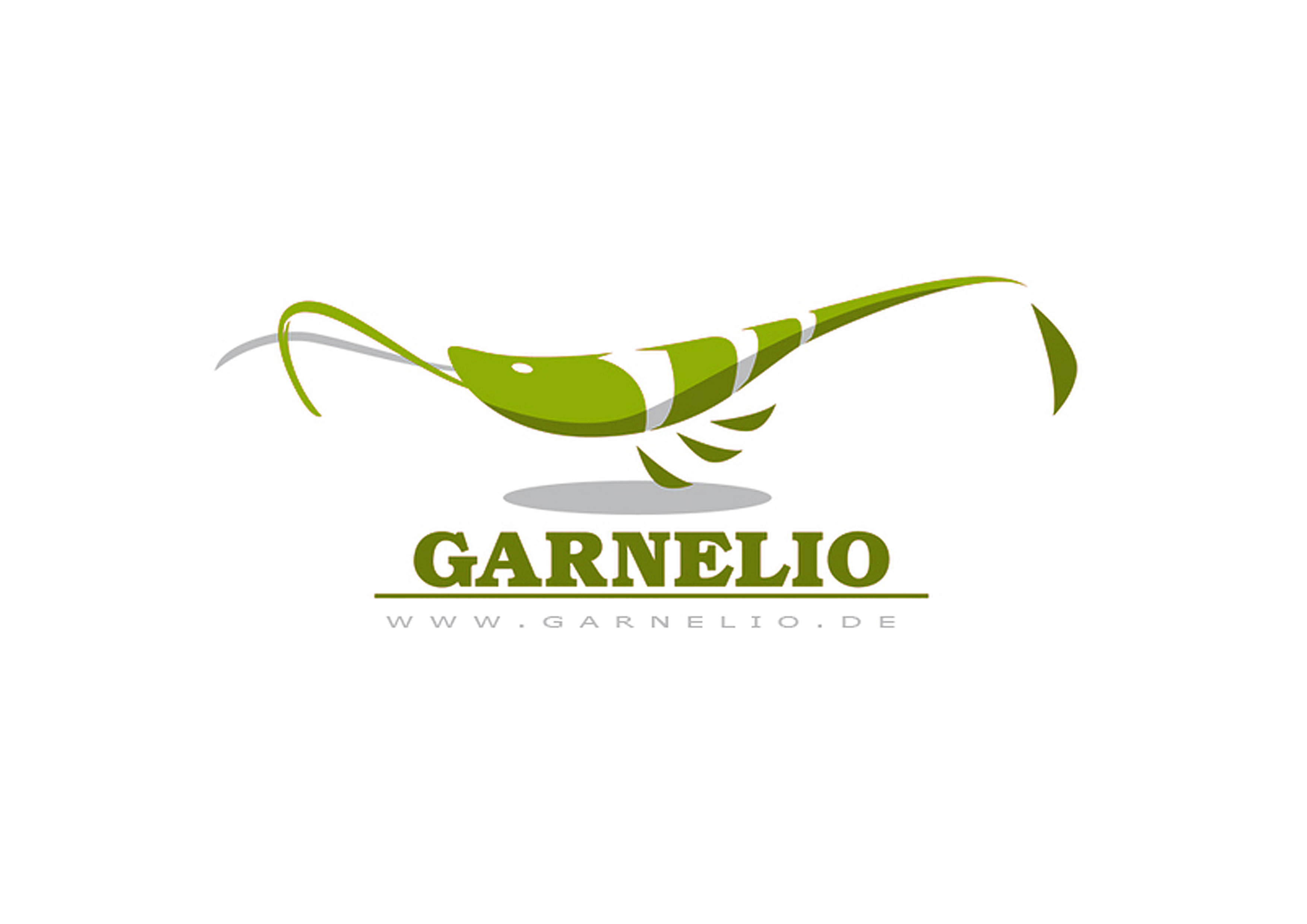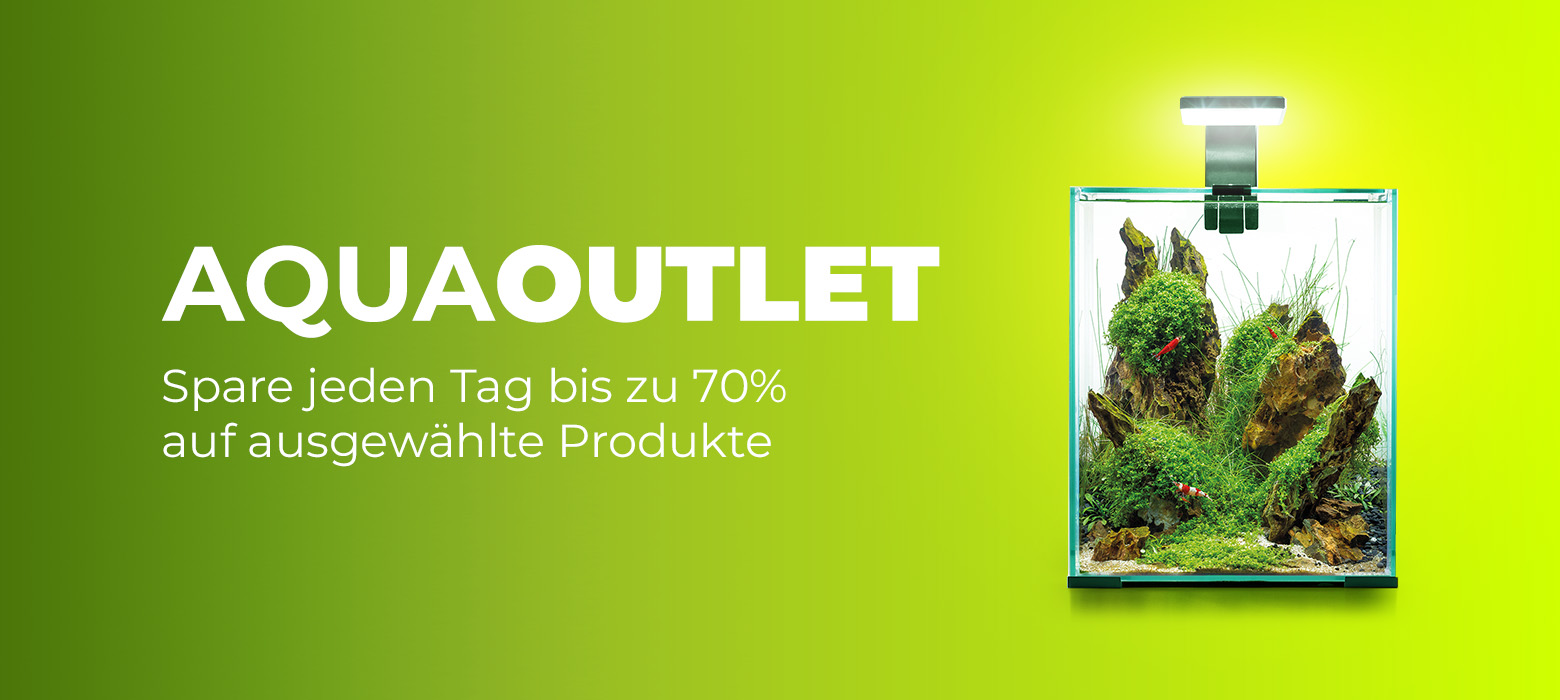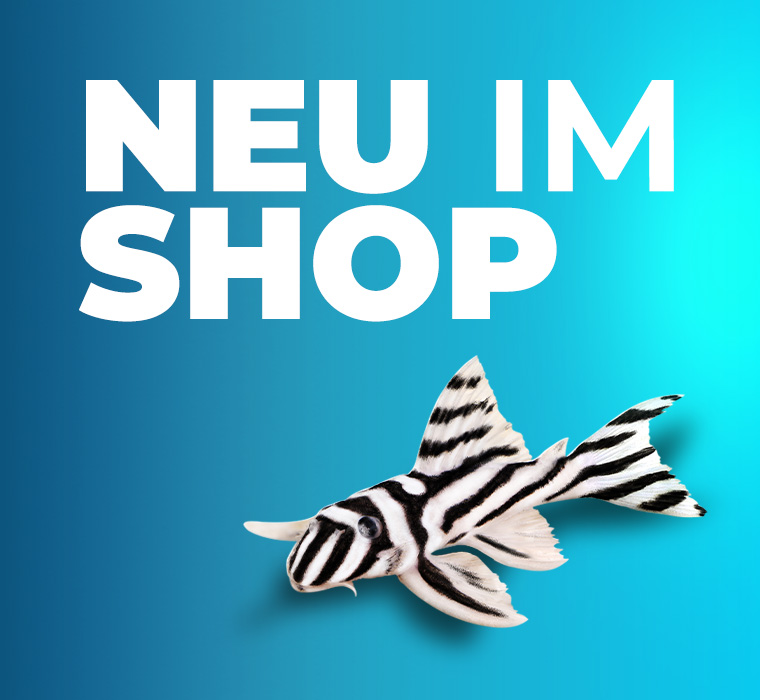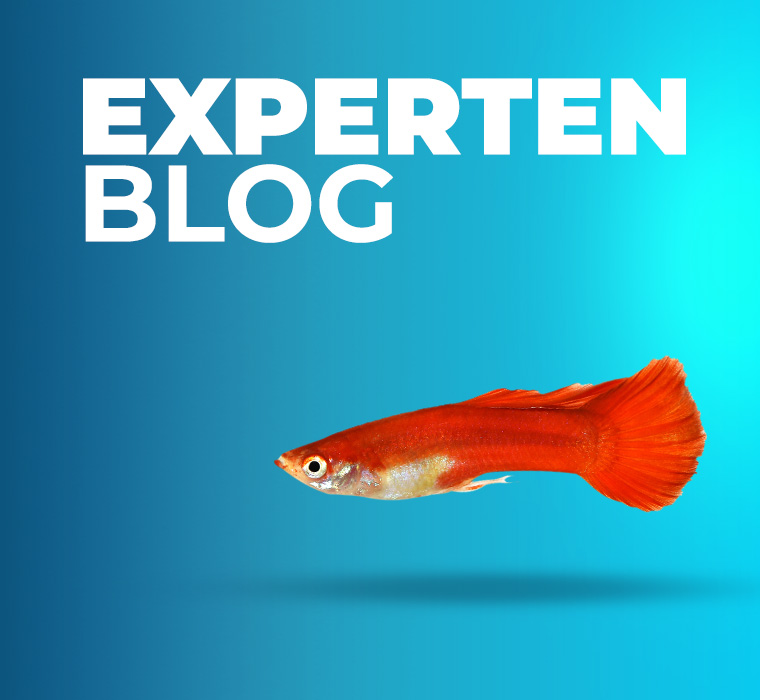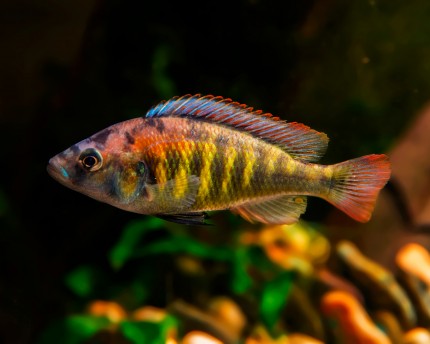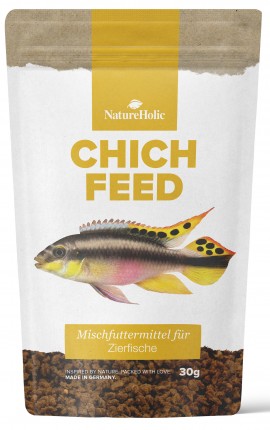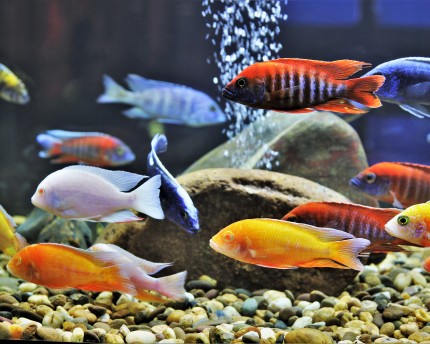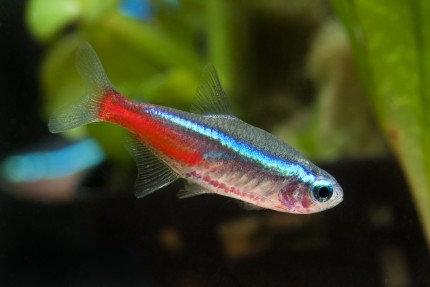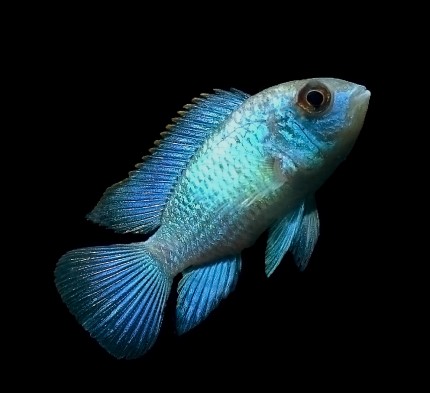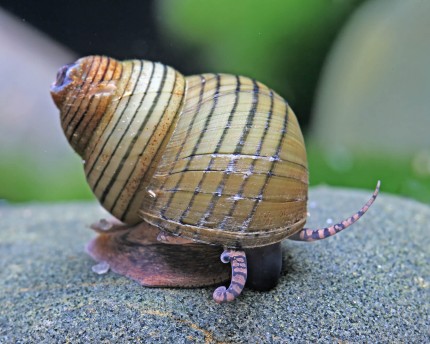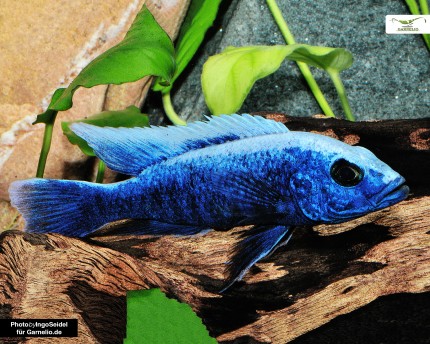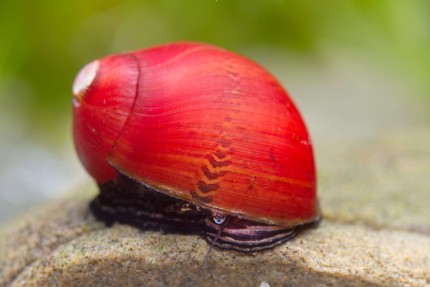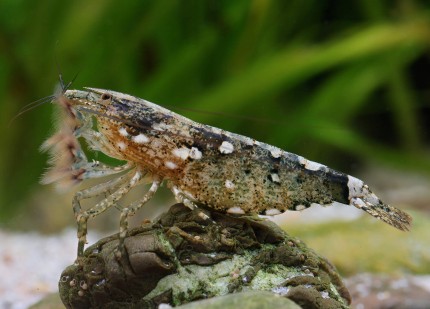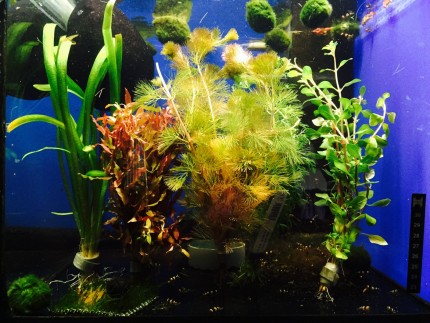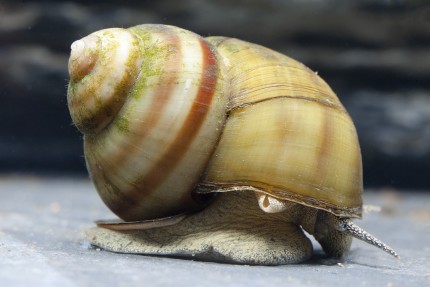incl. VAT plus shipping costs
Ready for shipment in 2 Day(s)
Delivery only innh. Germany and Austria possible.
Switch to the German store
- Item no: 28961
Fast delivery times
All products are in stock with us!14 years of breeding experience
Let our team of experts advise you!High customer satisfaction
from over 3,000 reviews "| Water values: | medium hard to hard |
| Pelvic region: | Below |
| Temperature: | 20-30 °C |
| Feature: | Algae eater |
| Fish group: | Cichlids |
| Origin: | Central America |
| Visual effect: | Forms territories (when spawning) |
| Planting possible?: | conditional* (see description) |
| Final size: | > 12cm |
| Breeding: | simply |
| Aquarium size: | 200 l (approx. 100cm) |
| Diet: | omnivorous - omnivorous |
| with snails/shells?: | Yes |
| Difficulty: | 1 - Simple |
| Behavior: | Normal |
| with large crabs?: | No |
| with fish?: | conditional* (see description) |
| with dwarf crabs?: | No |
| with shrimps?: | Socialization not possible |
| with crabs?: | No |
The colorful Central American rainbow cichlid Herotilapia multispinosa was formerly known as Heros multispinosus or Archocentrus multispinosus. It belongs to the large cichlid or cichlid family. Herotilapia multispinosa is found in Central America from Honduras to Costa Rica and Nicaragua, and even in Europe: in Hungary there is a permanent population in a thermal lake.
The rainbow cichlid is characterized by a beautiful rainbow coloration. The black longitudinal stripe in the middle of the body can be interrupted to a dot pattern. Sometimes the fish also show faint vertical dark stripes. The body is decorated with a reddish pattern on a blue-green metallic shimmering ground, the fins are reddish with blue metallic accents. The Rainbow Cichlid grows to 12-17 cm in size. Females usually remain somewhat smaller and do not show quite as brilliant colors.
In the wild, the omnivorous Rainbow Cichlids like to eat detritus, i.e. plant debris, and they like to scrape filamentous algae from rocks with their specially designed dentition. In the aquarium Herotilapia multispinosa also likes to eat filamentous algae! Otherwise, a diet for omnivorous aquarium fish is fine.
The Rainbow Cichlid is kept in pairs in the aquarium or in a harem with a clear surplus of fem ales - one male tolerates up to six females. In its Central American homeland, it lives in rivers, ponds and lakes over muddy bottoms with aquatic plants and accumulations of dead wood and foliage. In the aquarium, the Rainbow Cichlid should also find roots and foliage. Along the edges, the aquarium can be planted neatly - leaving enough space for swimming in the middle areas. Plants with particularly soft foliage can be nibbled on, although Herotilapia multispinosa usually tends to leave the plants alone.
Rainbow cichlids are very frugal with respect to water values. They tolerate medium to hard water, a pH of 7 to 8, and temperatures between 21 to 36 °C. This beautiful cichlid is grateful for humic substances in the water.
Herotilapia multispinosa is rather active in the lower areas of the aquarium and can be best socialized with fish in the upper water layers like tetras. Catfish are also good aquarium mates if there is sufficient surface area. Shrimps are eaten.
When breeding, Rainbow Cichlids are very territorial and aggressive, the male defends his clutch vehemently. Good hiding places, a well thought-out structure with roots and stones and possibilities to escape are therefore obligatory in an aquarium with rainbow cichlids. An aquarium from 100 cm edge length / 200 liters volume is suitable.
The breeding of the pretty rainbow cichlids is not particularly difficult. They are not cave breeders. Flat stones or an inverted flower coaster are readily accepted. The female spawns between 200 and 500 eggs during courtship, which are fertilized by the male and cared for by both parents. The small rainbow cichlids are fed fine live foods such as artemiauplii, copepods, infusoria, and microworms. Because the father may start eating the small herotilapia after some time, you should put some of the larvae into a separate breeding tank and raise them there if you want to breed rainbow cichlids specifically in the aquarium.
| Scientific name: | Herotilapia multispinosa, synonyms: Heros multispinosus, Archocentrus multispinosus |
| German Name: | Rainbow Cichlid |
| Difficulty level: | for beginners |
| Origin/Distribution: | Central America |
| Coloration: | Black longitudinal stripe in center of body, partly interrupted to dot pattern, partly faint vertical dark stripes. Body ground color metallic blue with reddish pattern, fins reddish with blue metallic accents.... |
| Age expectation: | unknown |
| Water parameters: | GH 5 to 20, KH 3 to 15, pH 7 to 8, temperature 20 to 30 °C |
| Tank size: | from 100 cm for a pair or a small group consisting of one male and several females |
| Food: | Omnivorous, thread algae eater |
| Breeding: | easy |
| Behavior: | territorial in the breeding season |
| Group size: | Pair keeping or small group (harem) of one male with 2-6 females |
| Additional information: | <a href="https://www.garnelio.de/blog/garnelen/welche-fische-vertragen-sich-mit-garnelen="_blank">Which fish get along with shrimp?</a>, <a href="https://www.garnelio.de/en/blog/aquarist-tips/socialization-of-fish-with-dwarf-crabs" target="_blank">Association of fish and dwarf crayfish</a>, <a href="https://www.garnelio.de/blog/krebse/vergesellschaftung-von-fischen-und-grossen-flusskrebsen" target="_blank">Association of fish and large crayfish</a></td> </tr> </tbody></table>
Customer questions and answers Discover now Entdecke die Garnelio Welt! Garnelio gehört zu den größten Onlineshops für wirbellose Aquarientiere weltweit. Last viewed Shopware Agentur six-media.de |

